Explanation
The town of Goryeong is four hours outside of Seoul, and features many relic sites of Daegaya around the whole district of Goryeong-gun. Around the first century, Daegaya was formed in the Nakdonggang River’s downstream area in the lower Korean peninsula, flourished independently for 520 years (AD 42~562), and declined after the 6th century. After its decline, part of it was annexed by Silla (57 BC ~ AD 935), and the rest annexed by Baekjae (18 BC~AD 60), and became a forgotten tribal kingdom.
On King Jinheung’s (reign 540~576) 23rd year of reign it became the district of Daegaya, and the name was changed to the district of Goryeong on King Gyeongdeok’s (reign 742~765) 16th year of reign.
This is the place where you can view the country’s first Sunjangmyo (tomb where many dead people were buried together), called Jisandong Gobungun, Daegaya Royal Tomb Exhibit Hall, and Treasure No. 605, the pre-eminent relics site of the Prehistoric Period called Yangjeondong Amgakhwa, and other various cultural assets.
There is a large, ancient tomb with a diameter of 20m, built on the ridgeline of the mountain, and as you go down the mountain, there are 159 other tombs of smaller scale. The largest tomb in the south side is called the Geumrim Royal Tomb, and the other large tombs near it are presumed to be tombs of royalty or aristocrats.
At the Daegaya Royal Tomb Exhibit Hall, site of the restored No. 44 tomb, you can see the ancient custom of burying the living with the dead (Royalty buried with their retainers). The dome-style exhibit hall displays Sunjangseokgwak, ironware, pottery and other various excavated relics.
Inquiry
+82-54-950-7103
Homepage
Location
1203, Daegaya-ro, Goryeong-gun, Gyeongsangbuk-do
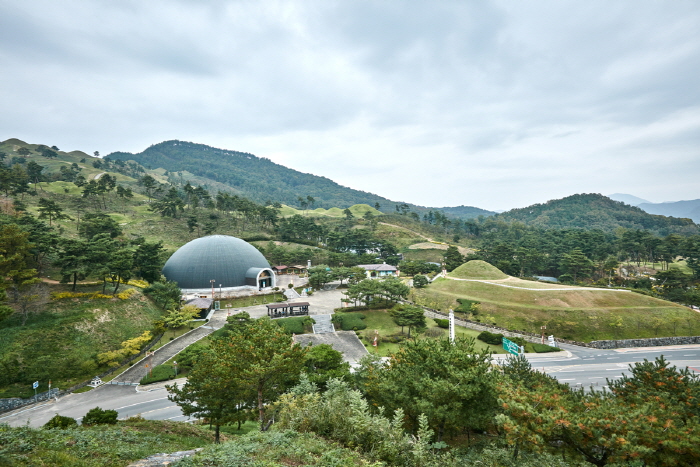
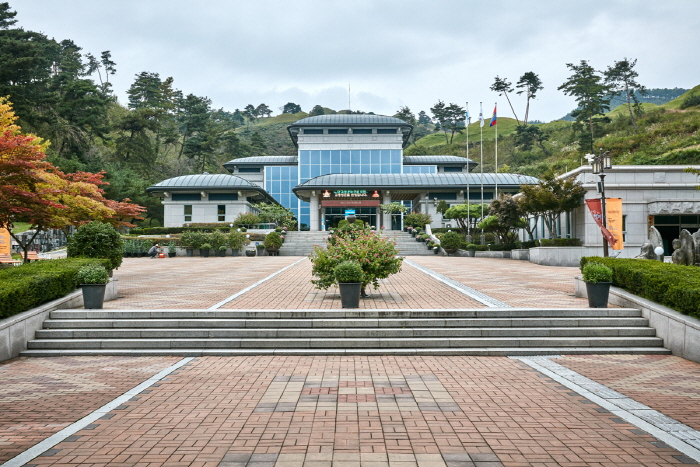
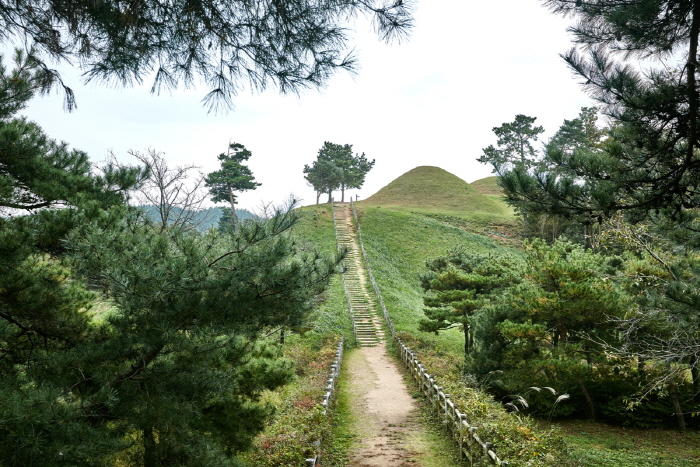
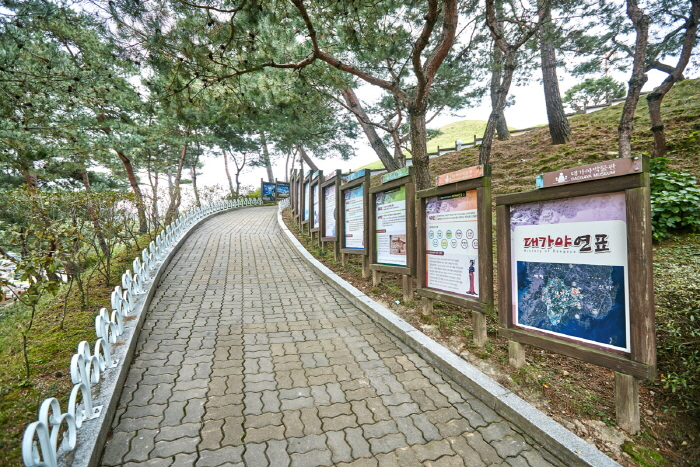

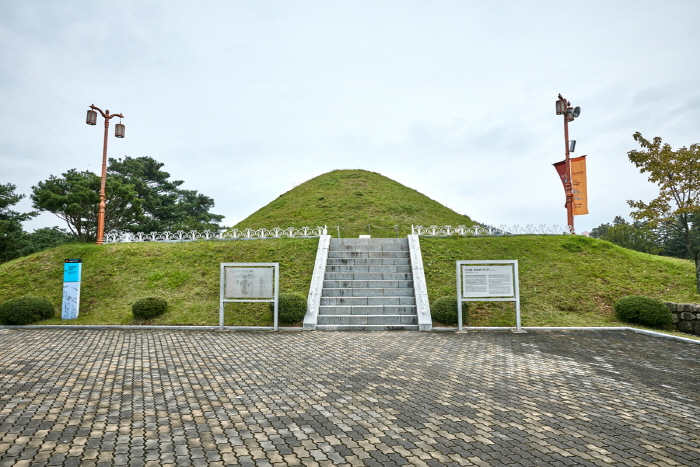
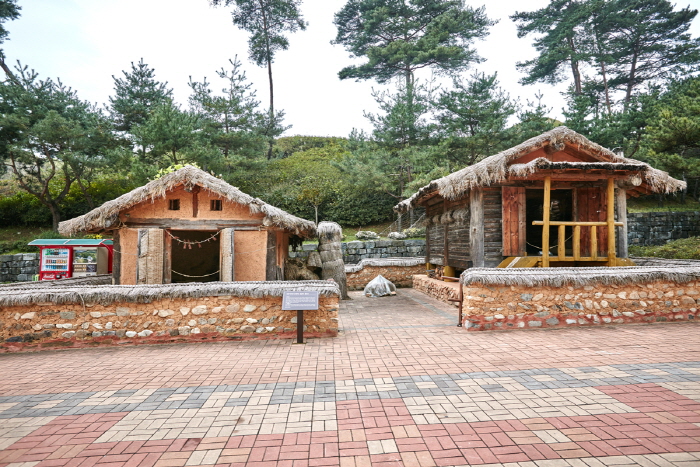
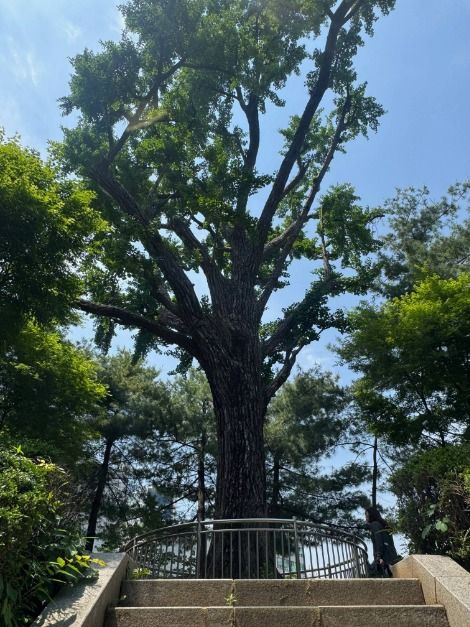
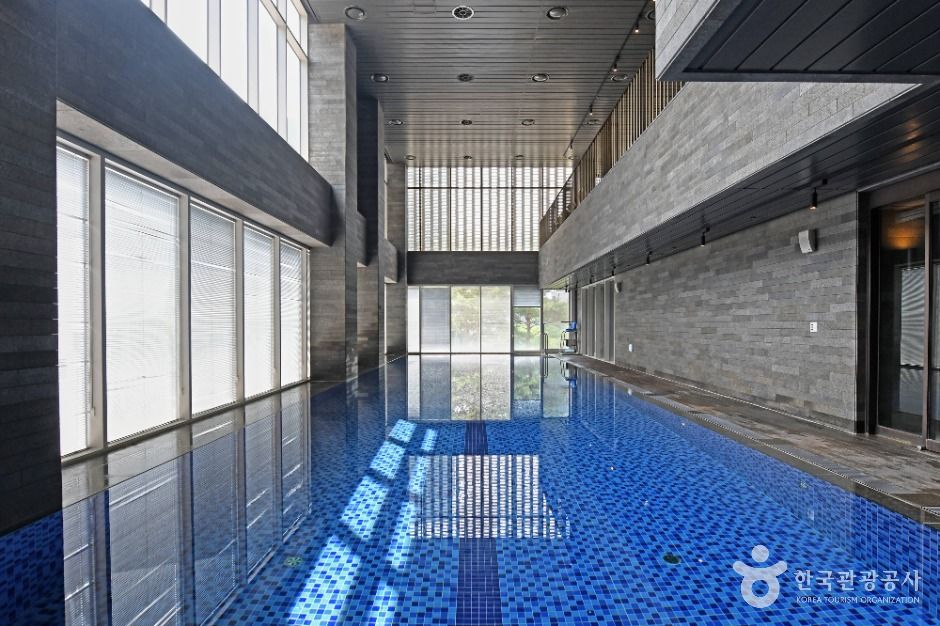
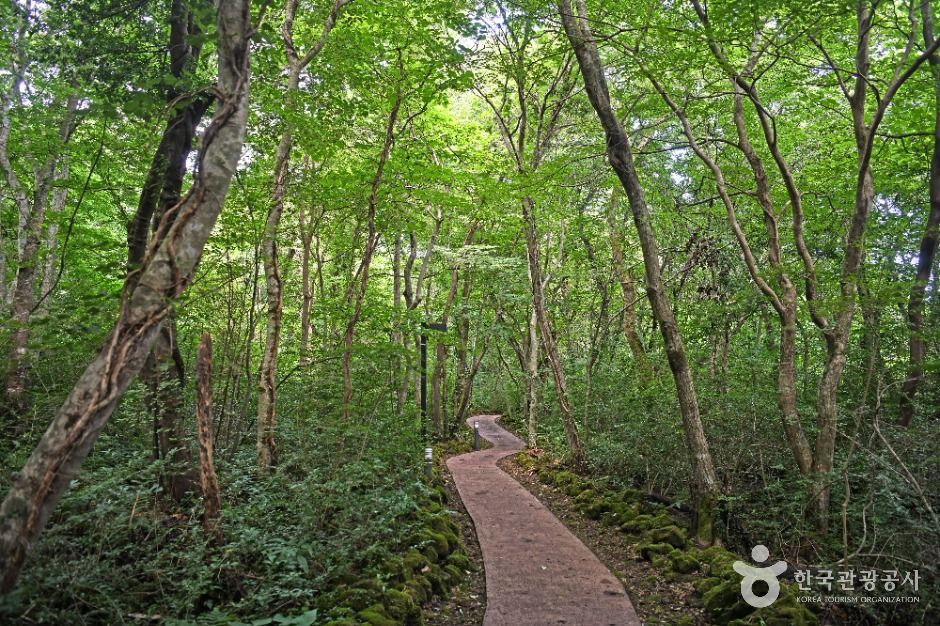
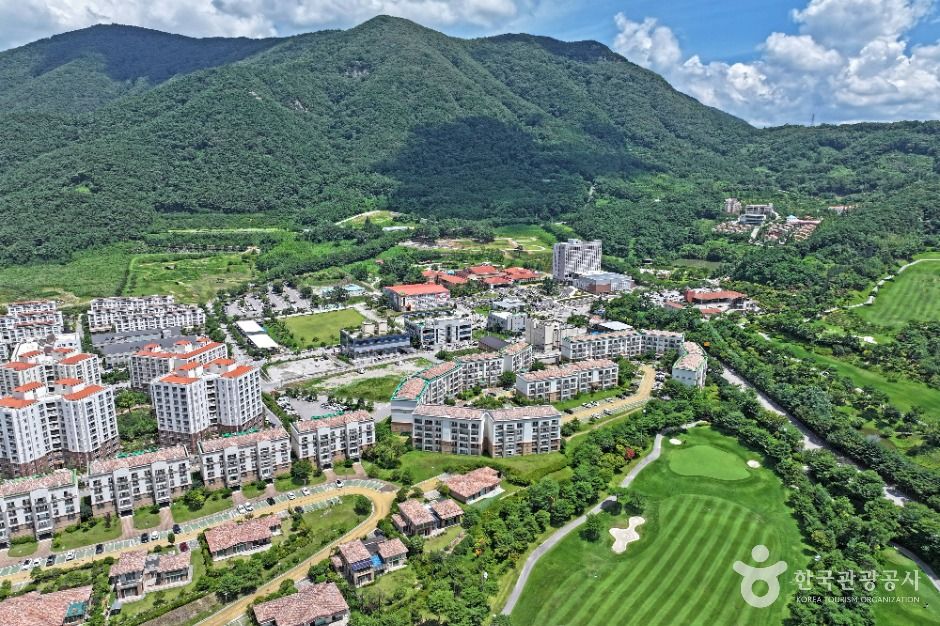
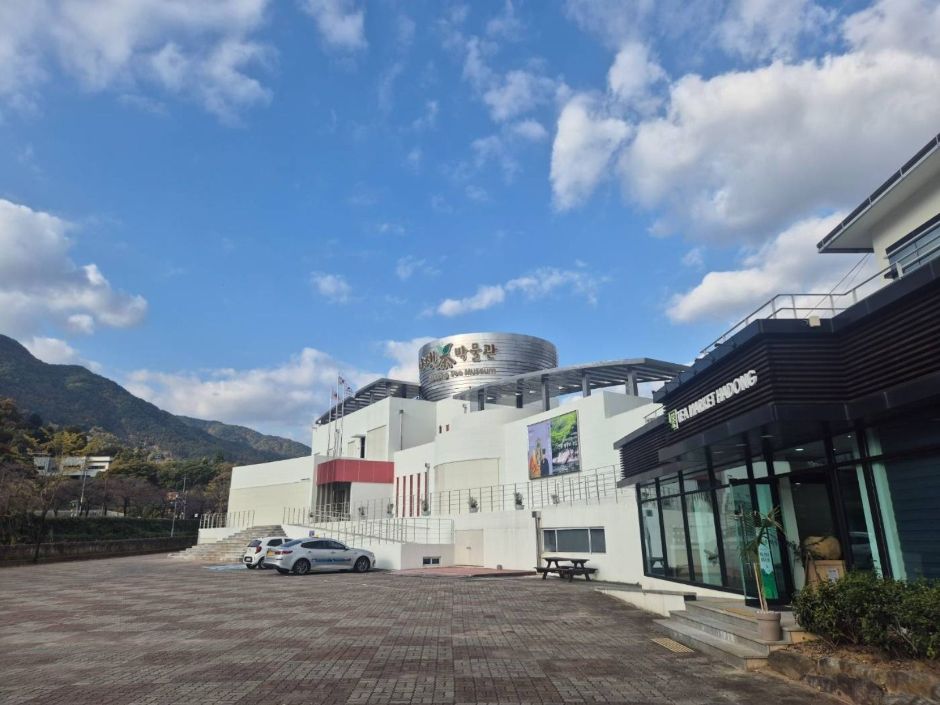
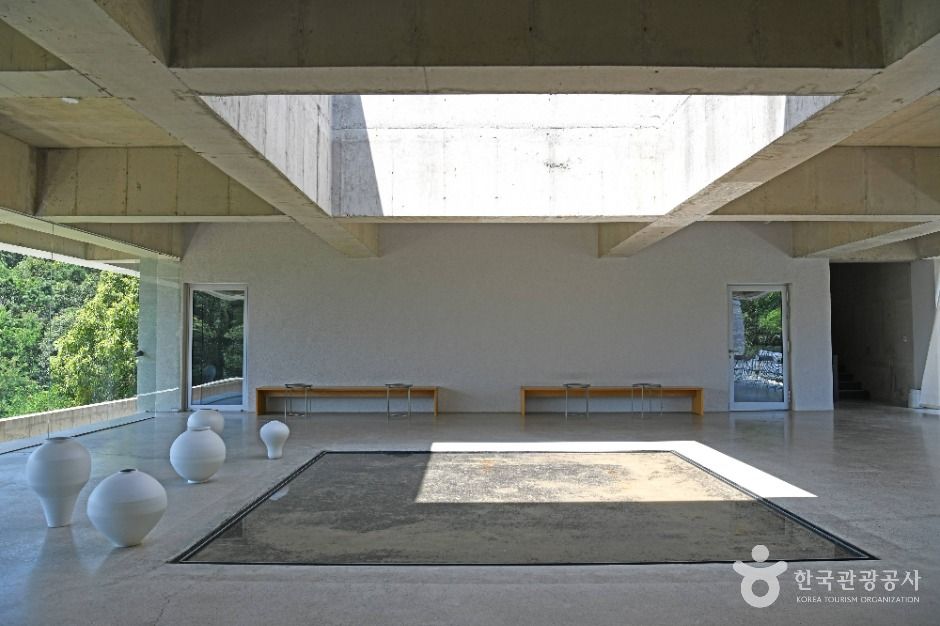


 English
English
 한국어
한국어 日本語
日本語 中文(简体)
中文(简体) Deutsch
Deutsch Français
Français Español
Español Русский
Русский